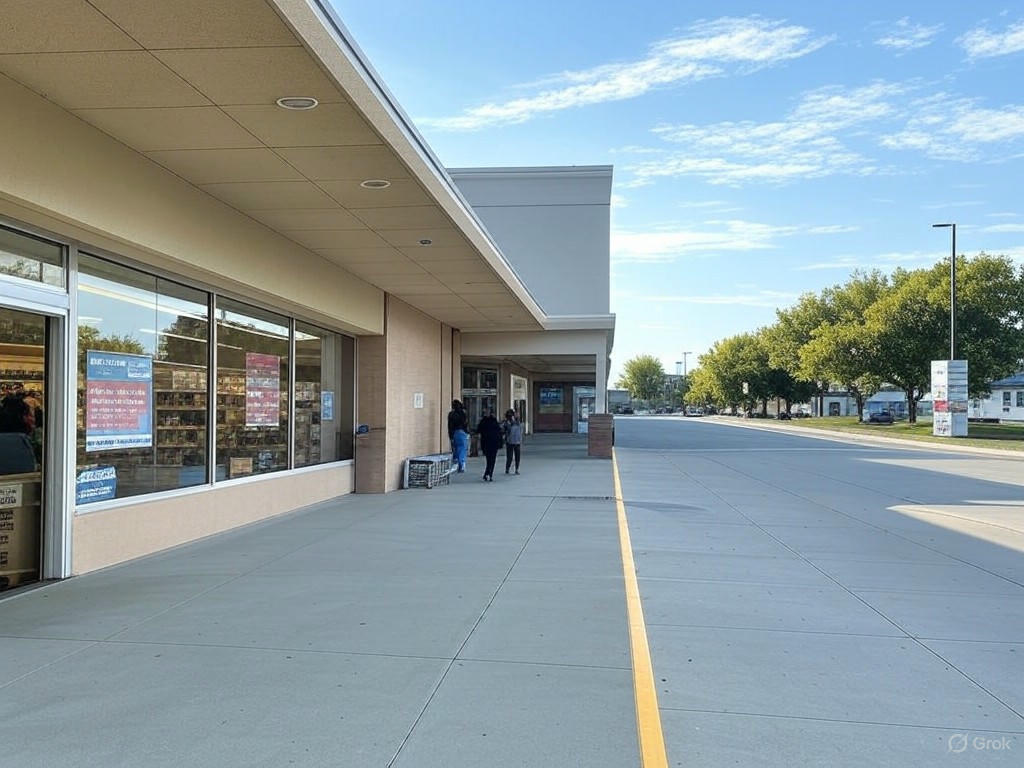Kroger’s Nationwide Store Closures Spark Concerns for Shoppers and Employees
In a surprising move that has sent ripples through the retail sector, Kroger, one of the largest supermarket chains in the United States, has revealed plans to shutter 60 stores across the country. The announcement, made earlier this week, has left customers, employees, and industry analysts speculating about the reasons behind the closures and the potential impact on local communities. While specific details about the locations remain under wraps, the decision raises questions about the future of Kroger’s regional brands and the broader grocery landscape.
The lack of clarity regarding which stores will be affected has fueled uncertainty among loyal shoppers and staff alike. In regions like the Pacific Northwest, where Kroger operates under banners such as QFC and Fred Meyer, there is growing concern about whether these beloved local stores might face the axe. For many, these supermarkets are more than just places to buy groceries; they are community hubs that provide essential services and employment opportunities. The possibility of losing access to these stores could disrupt daily life for countless families, especially in areas with limited alternatives.
Industry experts suggest that Kroger’s decision may be driven by a combination of economic pressures and shifting consumer behaviors. Rising operational costs, including labor and supply chain expenses, have put a strain on traditional brick-and-mortar retailers. Additionally, the surge in online grocery shopping and competition from discount chains and e-commerce giants has forced companies like Kroger to reevaluate their physical footprints. By closing underperforming locations, the company may be aiming to streamline operations and redirect resources toward digital platforms or more profitable markets. However, this strategy risks alienating customers who still value the in-store experience and rely on nearby locations for their needs.
For employees, the announcement brings a wave of anxiety about job security. With 60 stores on the chopping block, hundreds—if not thousands—of workers could be affected. Kroger has yet to release information on severance packages or relocation opportunities for impacted staff, leaving many in limbo. Local economies, particularly in smaller towns where Kroger stores serve as major employers, could also feel the sting of these closures. The ripple effects might extend beyond immediate job losses, impacting suppliers, delivery services, and other businesses tied to the grocery chain.
As the situation unfolds, all eyes are on Kroger for further updates. Shoppers are eager to know if their go-to stores will survive, while communities brace for potential economic fallout. The company’s next steps will likely set a precedent for how traditional retailers adapt to a rapidly changing market. For now, the uncertainty surrounding these closures serves as a stark reminder of the challenges facing the retail industry in an era of transformation. Whether Kroger can balance profitability with its commitment to customers and employees remains to be seen, but the coming months will undoubtedly shape the narrative of this retail giant’s future.


